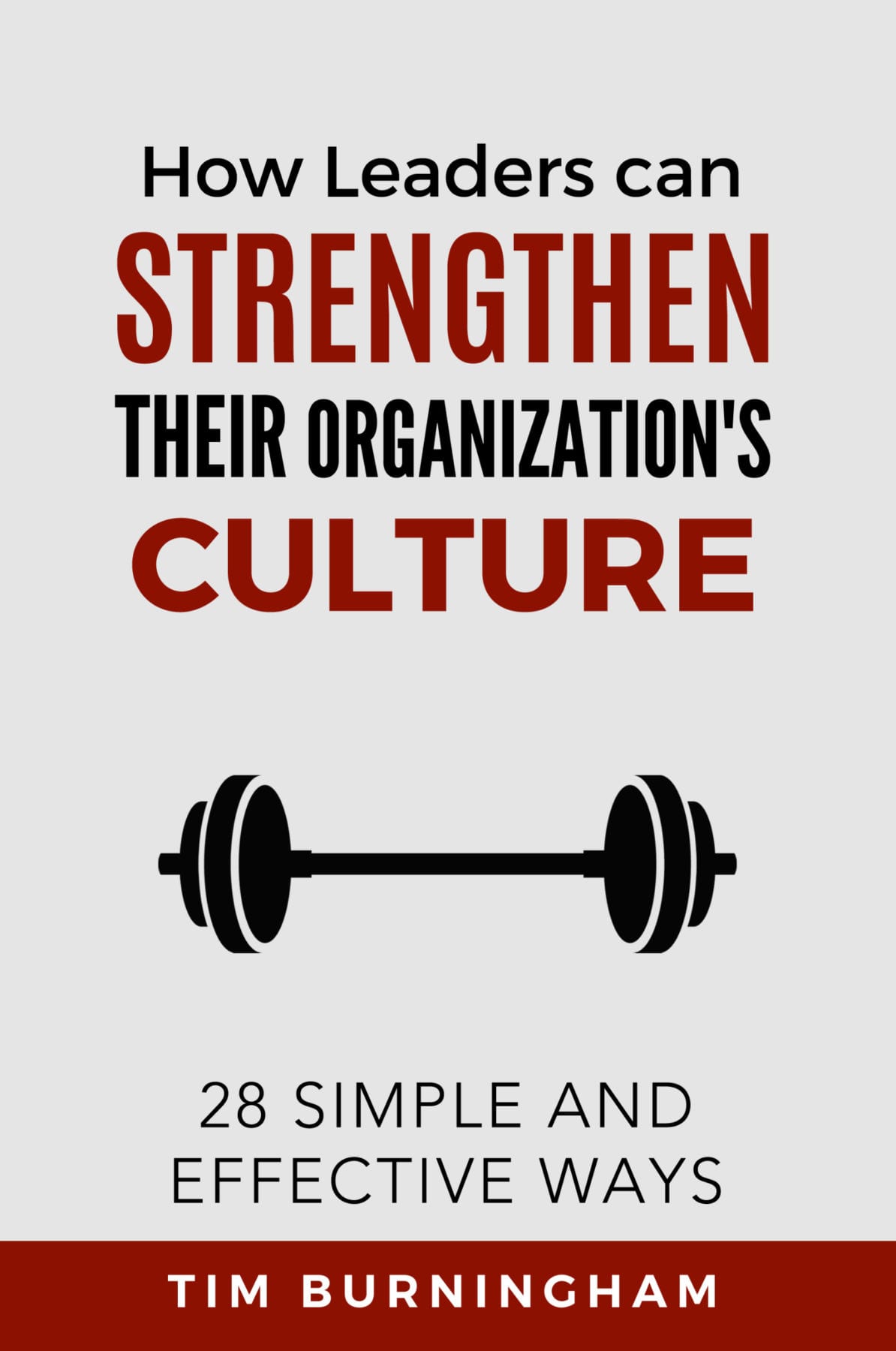Now that you have a well-written mission statement, what’s next?
Merely writing an inspiring mission statement is never enough to transform your company’s culture. The next step is communicating your mission statement to your employees, or what I like to call operationalizing your mission.
Unfortunately for many companies, a mission statement is written and then forgotten. Sure, it may reside on the first page of the employee handbook or be found on the homepage of the company’s website, but there is so much more that must be done to take full advantage of it. Too many companies have a good mission statement, yet it doesn’t help their organization improve because they fail to communicate it effectively.
It doesn’t have to be this way!
Once a mission statement is well-written, you now need to find ways to convey it to keep it alive in your organization. When a mission statement is adequately shared, it will improve performance, align your team, and inspire everyone to do their best work.
4 Ways to Best Communicate Your Mission Statement
Here are four best practices to help you communicate your mission statement and connect your employees to it:
1. Make it Central to Your People Systems
One of the best ways to ensure your mission is working for you is through your people systems. Your people systems are any processes or systems that deal with your people, including the interviewing and onboarding processes as well as your rewards and recognition programs.
Your organization’s people systems are critical to accomplishing your mission because each presents an ideal opportunity to talk about it and share what living it looks like in your company. These systems provide leaders with a captive audience and eager listeners. Sadly, too many companies fail to incorporate their mission statement into any of their people systems.
When reinforcing your mission statement becomes the primary focus of your people systems, it will align your team throughout your organization and help everyone understand you are serious about accomplishing it.
2. Share it in Meetings
Meetings are where clear communication is provided, teams collaborate, and important work gets done. For this reason, highlighting or referencing your mission statement in meetings is a must.
Reiterating your mission in meetings is important because it helps put attendees in the right frame of mind and focuses their attention on what matters most. Without a consistent reminder of your company’s primary purpose during meetings, your mission can quickly become lost.
Teams that repeat, review, and reference their mission statement during every meeting find that it influences behaviors, actions, and decisions. Thus, hearing the company’s mission repeated often by company leaders during meetings can make all the difference in keeping it alive.
3. Use it in Decision Making
When faced with a tough decision at work, how does your company ultimately decide what to do?
To fully tap into the benefits of your well-written mission statement you must remember to turn to it when weighing options and choosing how to best move forward. When your mission acts as a compass to the decisions you make, you’ll discover you’ll make a lot better decisions.
Too often, organizations unintentionally make decisions that fight against their mission because the mission is not at the forefront of their decision-making process. Rather than the mission, other objectives such as appeasing a certain group of employees, resolving a customer complaint, or meeting a shortsighted goal take precedence. Consequently, the decisions being made in the company unintentionally compromise the mission statement’s legitimacy and influence.
To avoid this, leaders should frequently ask themselves, what decision will help us accomplish what we are ultimately trying to do? Or will this decision serve us in achieving our mission or will it hurt our ability to do so?
Using your mission statement as a guiding post for all decisions will help you quickly resolve conflicts, minimize politics, and align your team around what matters most. It will also further connect your team to the mission.
4. Link it to Every Role
Once your company’s purpose is clear, you must help your employees understand their role in achieving it. When people fail to understand how their specific work contributes to the organization’s mission, the mission becomes less relevant throughout the organization.
Leaders can link the mission to each employee’s role by creating a clear line of sight from a person’s responsibilities to the company’s purpose. For example, when offering appreciation for a job well done, point out how their performance is helping the organization achieve its mission. You can also clearly state in all written material, including job descriptions, how a specific position helps accomplish the company’s mission.
When employees understand how their specific responsibility ties in with the mission, it will transform their outlook on the work they do and significantly improve workplace satisfaction and employee retention. Therefore, to reap the full benefits from your company’s mission statement, frequently point out how each person’s role contributes to that purpose.
Conclusion
Writing an effective mission statement is only the first step. The next step is communicating it to your employees in a way that makes it work for your company. Your mission can completely transform your organization’s results and help you create an outstanding company culture when it is well-crafted and when it permeates throughout your company.
The difference between whether a mission is useful in your organization or not comes down to how you incorporate it into your daily work. You can communicate it and connect your team to it by following the tips provided in this article. When a well-written mission statement is utilized effectively in an organization, it has the power to profoundly affect all of the organization’s results.
The Center for Company Culture has helped many businesses operationalize their mission. If you’d like help in communicating and keeping your mission alive in your company, please email Tim@TheCenterforCompanyCulture.com or check out our website at TheCenterforCompanyCulture.com.
If you missed my article “How to Write an Effective Mission Statement”, you can check it out here.
Learn step by step how you can build a high-performing culture. Check out our new course, 90-Days to a High-Performing Company Culture.












